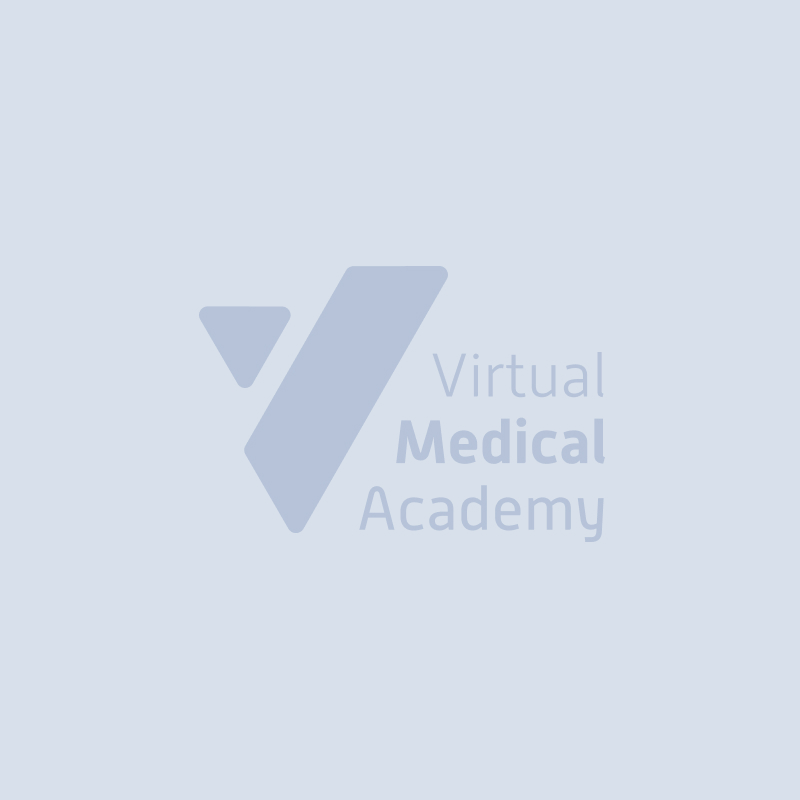Introduction
Unsafe medication practices and medication errors are leading causes of injury and avoidable harm in healthcare systems worldwide.
Up to 50 percent of these errors occur at the transition of care, and more than half of patients were found to have at least one medication discrepancy at hospital admission. These factors combined put patients at a 40% risk for moderate to severe potential harm during hospitalization or after that.
This course will present the latest updates and best practices on medication safety and reconciliation to equip healthcare professionals with the proper knowledge and tools and reduce all associated risks
This course content adheres to the WHO medication without harm health challenge and the Joint Commission's international patient safety goal (IPSG).
Objectives
By the end of this course, learners will be able to:
1. Define medication safety basics and related concepts.
2. Explain clinical practices to address Medication without Harm
3. Identify mitigation measures to reduce risks and harm from medication errors.
4. Discuss AI Tools used to support medication safety
5. Recognize the importance of medication reconciliation in patient safety
6. Illustrate how to perform a complete and safe ‘Best Possible Medication History - BPMH’
7. Discuss best practices and standards in medication reconciliation (WHO, Joint Commission, ISMP, and CBAHI)
Main theme
Polls, Q&A, video vignettes, and case discussion
This Course For :
Speaker
Price
Fee For Students
Fee For health care
Contact Information
Organization : Virtual Medical AcademyPhone : 920008161
Email : [email protected]
Different Price By Specialty
 07 Feb 2024 To 08 Feb 2024
07 Feb 2024 To 08 Feb 2024  Certificate Available
Certificate Available  SCFHS 2 CME hours
SCFHS 2 CME hours
2 Accredited CME Online
Online
- 109

.jpg)




